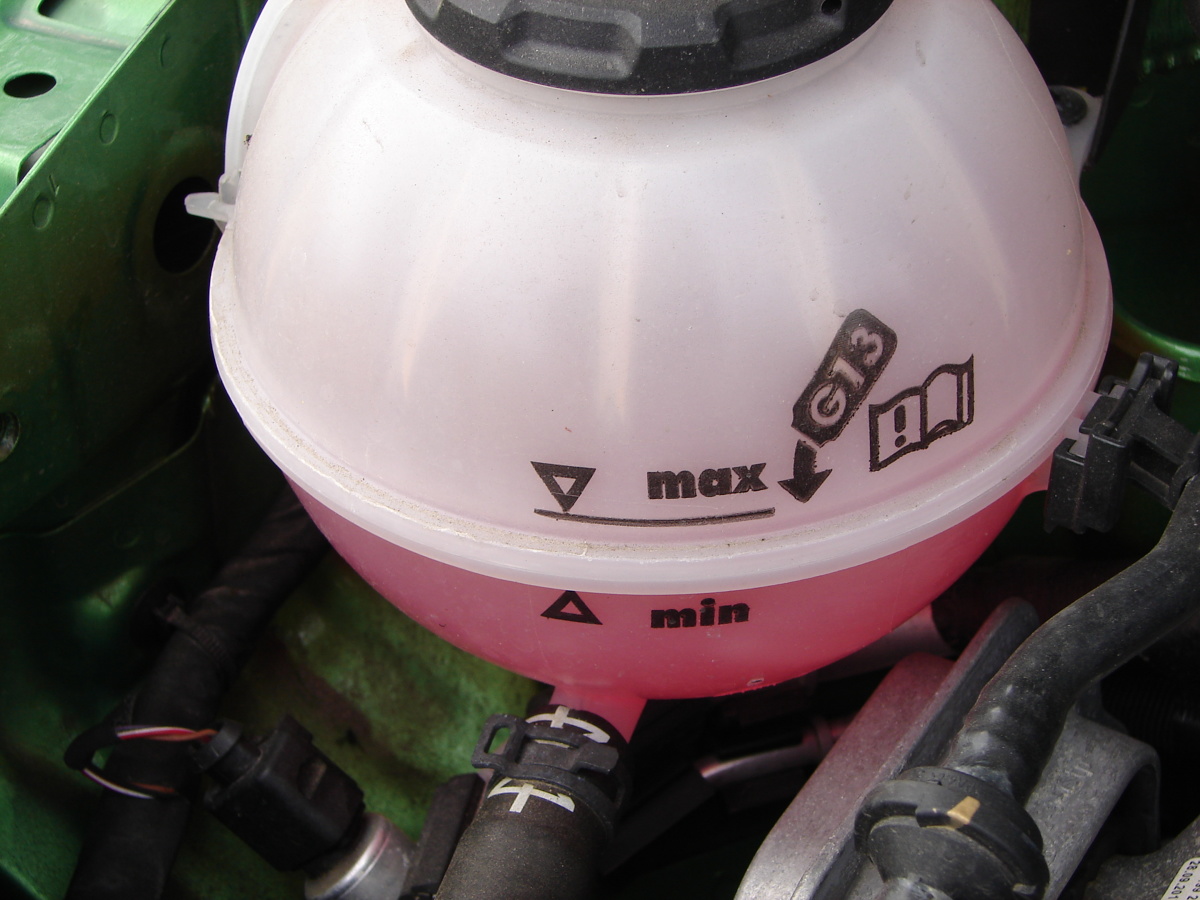
Vehicle cooling system. Check it out before you leave
 Probably everyone saw the car standing on the side of the road with an open hood and rising clouds of steam. How to prevent this from happening to you? We write about this below ...
Probably everyone saw the car standing on the side of the road with an open hood and rising clouds of steam. How to prevent this from happening to you? We write about this below ...
Before explaining what the malfunctions of the cooling system are, it is worth paying attention to the idea of using this system in an internal combustion engine.
Well, the engine works fine in strictly defined thermodynamic conditions (coolant temperature is approximately 90-110 degrees Celsius).
This applies not only to the diesel version, which should be ignited at lower temperatures by glow plugs by additional heating of the combustion chamber, but also to the petrol version. An internal combustion engine - both diesel and gasoline - burns a perfectly created fuel-air mixture only at a certain temperature. If the temperature at which combustion occurs is too low, then more fuel is supplied (hence higher combustion on an "undercooled engine"), the fuel does not burn completely, harmful compounds are released, and unburned fuel particles flow down the engine. cylinder surface and mix with oil limit its lubricating properties.
See also: driver's license. Code 96 for category B trailer towing
If the temperature is too high, spontaneous combustion occurs, i.e. uncontrolled ignition begins, and the problem is the dilution - with increasing temperature - of the oil, and, as a result, deterioration of lubrication. In extreme cases, too high operating temperature of the piston/cylinder assembly can lead to excessive thermal expansion of the piston, which usually results in seizure.
It follows that it is in our best interest to take care of an efficient cooling system, especially when we bought a used car and have not yet had the opportunity to learn about its impact during heavy loads in the summer (for example, driving a loaded car into the mountains).
See also: How to care for the battery?
So, what components does the cooling system consist of and what should you pay attention to?
Generally speaking, the cooling system is: engine air duct system, coolant pump, v-belt/v-belt, thermostat, radiator and fan. The coolant, the flow of which is pumped by a liquid pump driven from the crankshaft, after exiting the engine channels, enters the thermostatic valve chamber and then returns to the engine (when the thermostat is closed, we have the so-called small circuit that allows the engine to warm up faster) or continues to the cooler, where the liquid is cooled (the so-called large circulation).
The most common and easy to fix engine overheating problem is the thermostat. When it fails, the free flow to the heatsink is blocked and the heatsink is not fully utilized. However, it often happens that an engine with an effective thermostat still overheats. In this case, the pump / belt drive is usually the cause of the malfunction.
